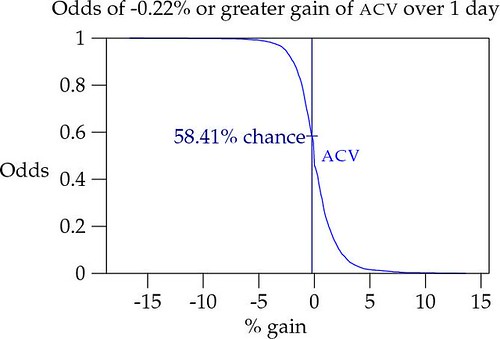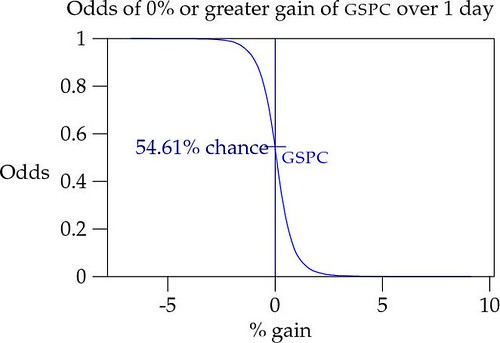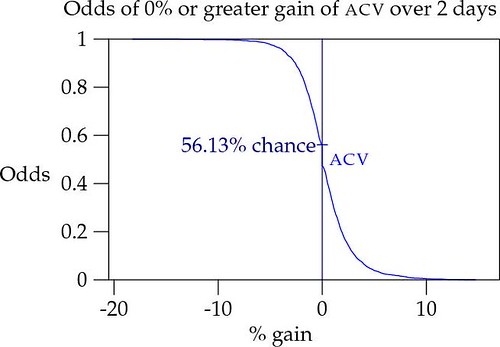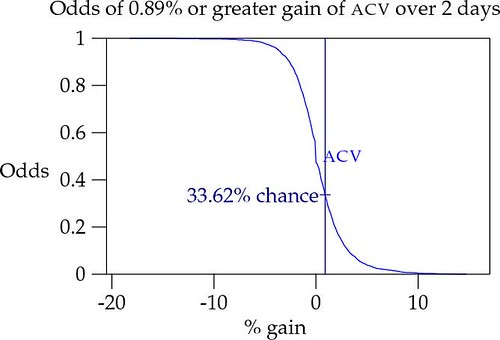According to Whitney Tilson, the best time to buy a stock is when you are trembling with greed. That's exactly how I was feeling last week as I set my limit order on First Marblehead each evening. Obviously, given a choice, I prefer to pay at the low end of what the market offers each day. But as the price crept up day after day during the week, I realized that I'd be willing to pay a lot more to get into a position and that my window of opportunity might be closing up. As the sub-prime lending story peeks, its negative effect on financial companies' shares could subside.
Interestingly, the sub-prime meltdown could actually help First Marblehead. In the past, consumers might be tempted to pay for college with a mortgage equity withdrawal (MEW), but that option may be less attractive in the future. Banks in the midst of tightening housing loans, might see education loans as a partial replacement for growth. Bond investors might see education loans (which can't be wiped out by bankruptcy and are backed by third-party guarantees) as a safer alternative investment. It's kinda like how pushing down on one part of a water bed causes another part to be pushed up.
One item to watch as time goes on is the trend of the "trust updates" lines in the income statement. According to the 10-K: "Trust updates reflect changes resulting from the passage of time, which results in accretion of the discounting inherent in the fair value estimates of additional structural advisory fees and residuals, as well as changes in the assumptions, if any, underlying our estimates of the fair value of these service revenue components." In 2002 (the first year I can track down those numbers), the updates represented 1.23% of the total "service receivables" line on the balance sheet, which is First Marblehead's share of the trusts. Since then, the updates have fluctuated between 4.44% and 6.25%. If I understand it correctly, this number represents the sum of all previous years' conservative accounting. If the company gets too aggressive in the coming years or if lots of borrowers prepay their loans, that number could go down or become negative.
In a sense, First Marblehead's conservative estimation of it's trust assets is akin to other under-valued assets such as real estate carried at cost or Oracle's installed base. Analysts tend to discount these assets altogether since they can't be precisely valued. The Standard & Poor's report on First Marblehead says, "Cash generated from operations totaled 21% and 68% of net income in FY 06 and FY 05, respectively. We believe the relatively low percentage of net income converted into cash stems from the large portion of FMD's revenues that are derived from residuals from securitized loans." Now these statements are true, but I'm not sure they are the negative that the report implies. If the company, can't convert earnings to cash, there's an obvious problem. But it seems like management has gone out of its way to structure the trusts so that First Marblehead gets the residuals, which makes sense because it doesn't really need cash and nobody else can value them as well as First Marblehead can. They are eating their own dog food, which must be encouraging to lenders and bond investors.





